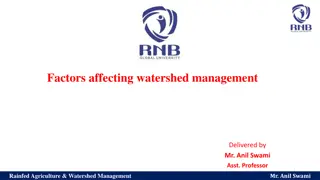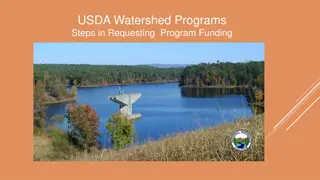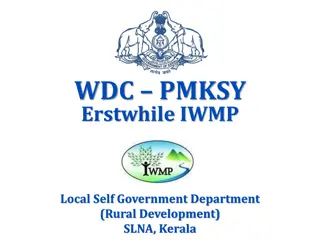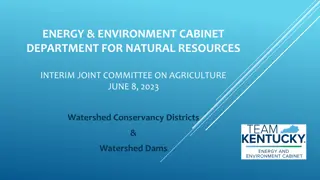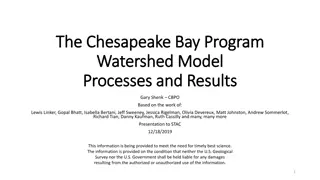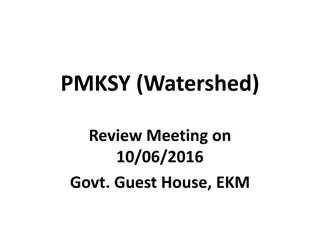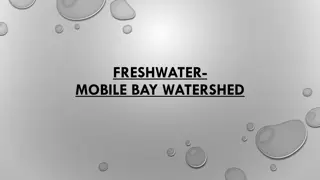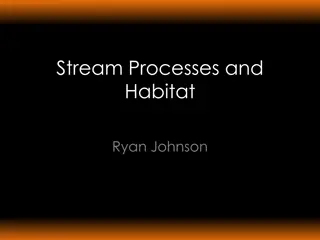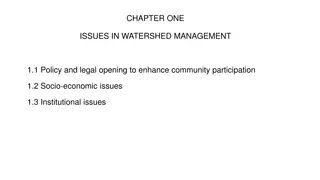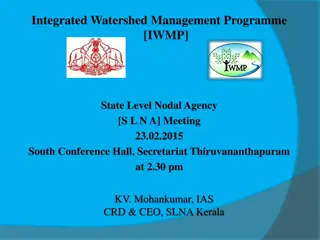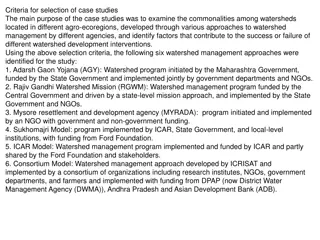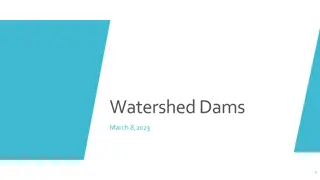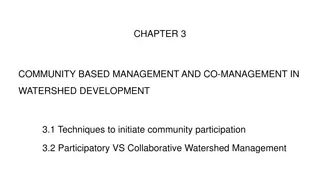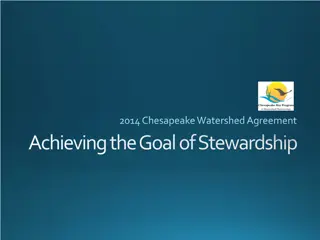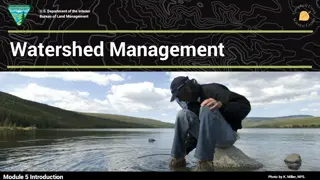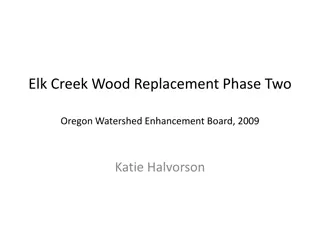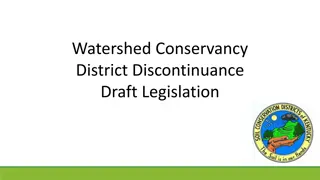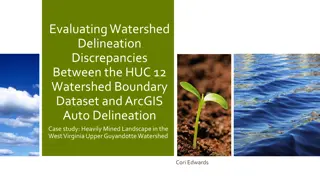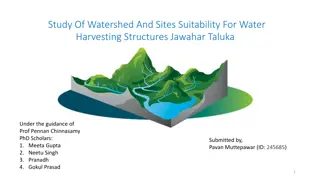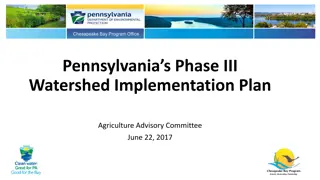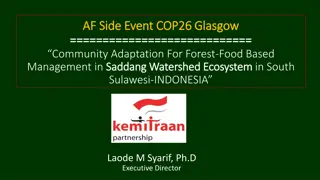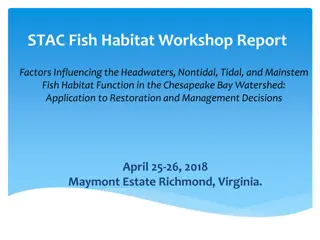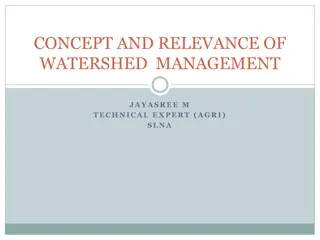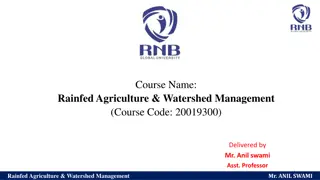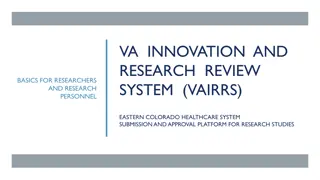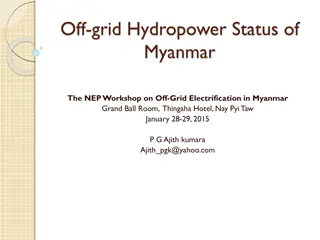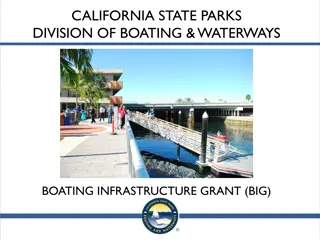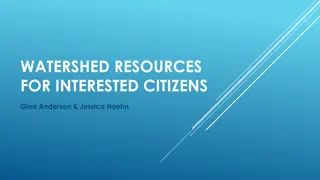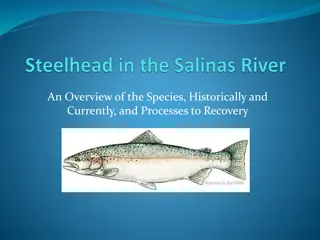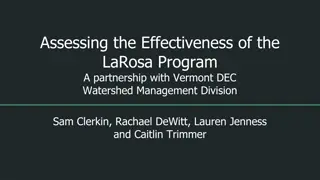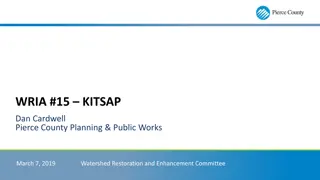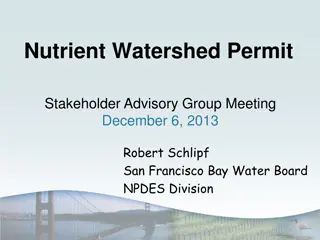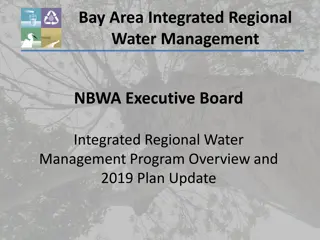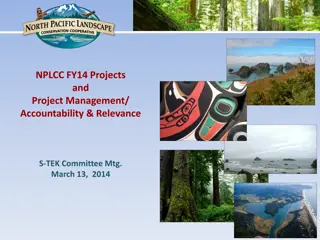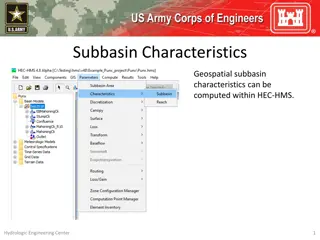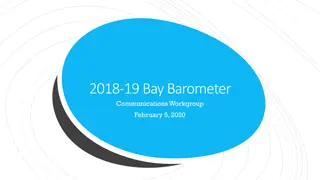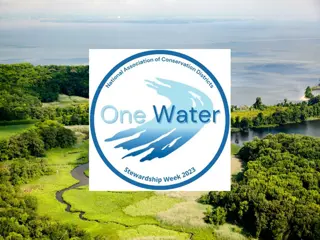Watershed Management Research Projects in Maumee Watershed
Explore five key research tasks focusing on policies, practices, and impacts concerning nutrient loading into Lake Erie from the Maumee Watershed. Projects include examining CAFOs and CAFFs, declaring the Maumee a distressed watershed, regulating nutrients on farmland, addressing residential lawn fertilizers, and evaluating cost-benefits of HAB solutions.
Download Presentation

Please find below an Image/Link to download the presentation.
The content on the website is provided AS IS for your information and personal use only. It may not be sold, licensed, or shared on other websites without obtaining consent from the author. Download presentation by click this link. If you encounter any issues during the download, it is possible that the publisher has removed the file from their server.
E N D
Presentation Transcript
Members: Patrick Lawrence (chair), Geography and Planning Kevin Egan, Economics Ken Kilbert, Law/Legal Institute of the Great Lakes Neil Reid, Urban Affairs Center/Geography and Planning
Task 1: Policies and Practices of CAFOs and CAFFs Question: What are the potential roles and impacts of CAFOs and CAFFs as sources of nutrients into Lake Erie from the Maumee Watershed? Project: A study of existing policies, permits and operating procedures for CAFOs and CAFFs within the Maumee watershed with the aim of improving the understanding of their potential role in nutrient loading into Lake Erie and the control of such loading.
Task 2. Declaring the Maumee a Distressed Watershed Question: What would be the result of taking the step to declare the Maumee a distressed watershed and what does the experience from Grant Lake St. Mary s show us? Project: Consider the implications of declaring the Maumee watershed as a distressed watershed under OAC ch. 1501 by reviewing the use of this status as previously applied to the Grand Lake St. Mary s and the resulting actions and impacts that the declaration had and lessons learned that could be applied to the Maumee watershed.
Task 3: Nutrients on Farmland Question: How can the use of regulations and other incentives be used effectively to address the application of nutrients on farmland? Project: Examine the implications of existing and proposed regulations on the use and application of fertilizers and manure applied to crop farmland, including the implementation of best management practices and nutrient management plans.
Task 4 Residential Lawn Fertilizers Question: How can the use of residential lawn fertilizers be addressed by use of various legal tools? Project: Assess the legal tools available and that have been applied in local municipalities regarding the use green infrastructure for storm water and the application of lawn fertilizers.
Task 5: Cost-Benefits of HAB solutions Question: What are the cost-benefits of the various options to be considered to address HABs? Project: Conduct cost-benefit analysis of the options available to address the reduction of HABs and proposed water treatment methods in order to determine the relative value and economic efficiency of these options.


